One of Calgary’s earliest newspapers, The Morning Albertan, editorialized in 1911 that “some day [sic] in the dim and distant future, Calgary’s people will seriously regret the absence of the relics of the days gone by, such as the old town hall and the like.” The city has had a process in place since the 1970s for evaluating heritage buildings and encouraging their preservation, and while there have been great victories, much has been lost. Imagine crossing Stephen Avenue between twin sandstone turrets, buying vegetables in the old streetcar barns, working in a Gotham City-style skyscraper covered in gargoyles, or re-living the Cold War in an official civil defence bunker. These and other fallen “relics” are the Calgary that will never be.
Fort Calgary
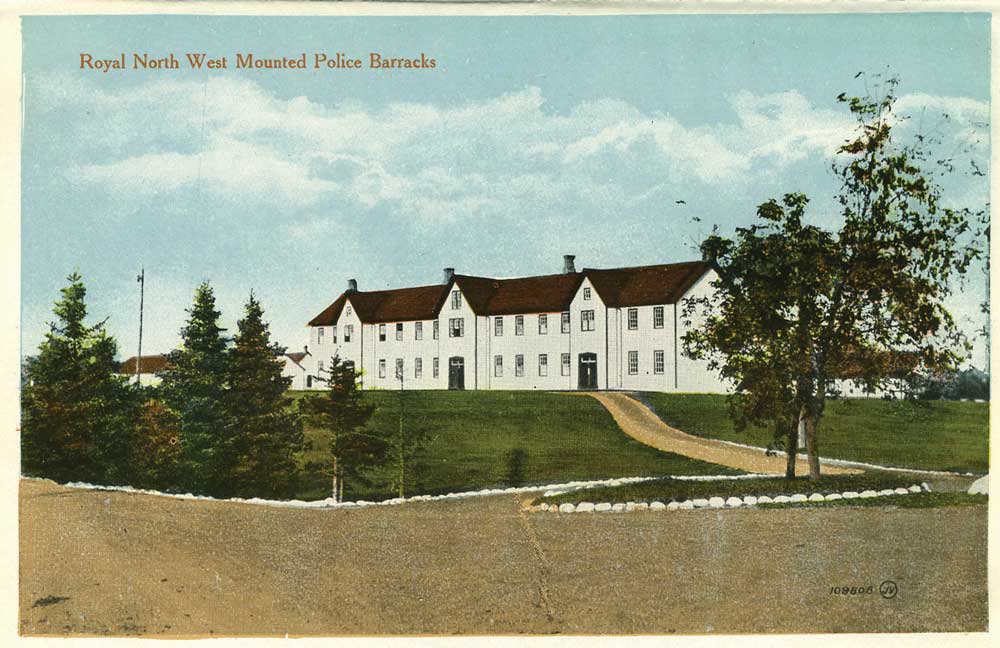
Today’s Fort Calgary bears little resemblance to the original. In 1875, a wooden, vertical-log North-West Mounted Police outpost established Calgary’s permanent non-Indigenous presence. The fort was soon rebuilt, including a barracks built in 1888, but the complex was razed in 1914 to make way for railway yards. The site was reclaimed in the 1970s; the interpretive centre opened in 1978, followed by reconstructions of original buildings. A 2003 fire destroyed the log replicas, but the rebuilt 1888 barracks survives.
Alexander Corner/Bank of Montreal
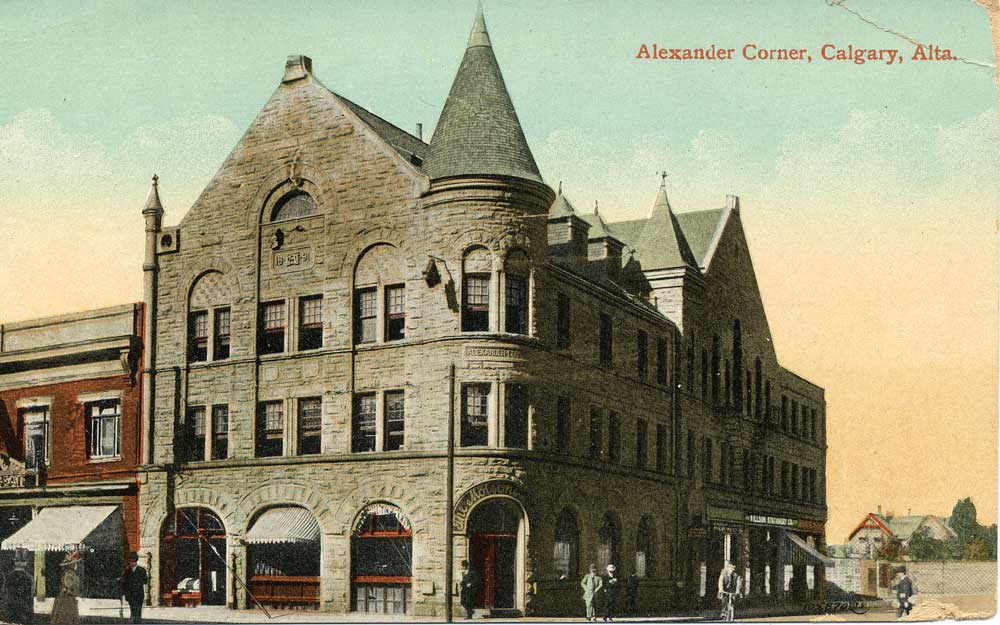
With their matching turrets on opposite sides of 1st Street S.W. at Stephen Avenue, Alexander Corner and the Bank of Montreal helped define Calgary as the “Sandstone City” when they were built in 1889. Both were razed in 1929 for an expanded Hudson’s Bay store and a replacement bank (now a Goodlife Fitness Centre), respectively.
Hull’s Opera House
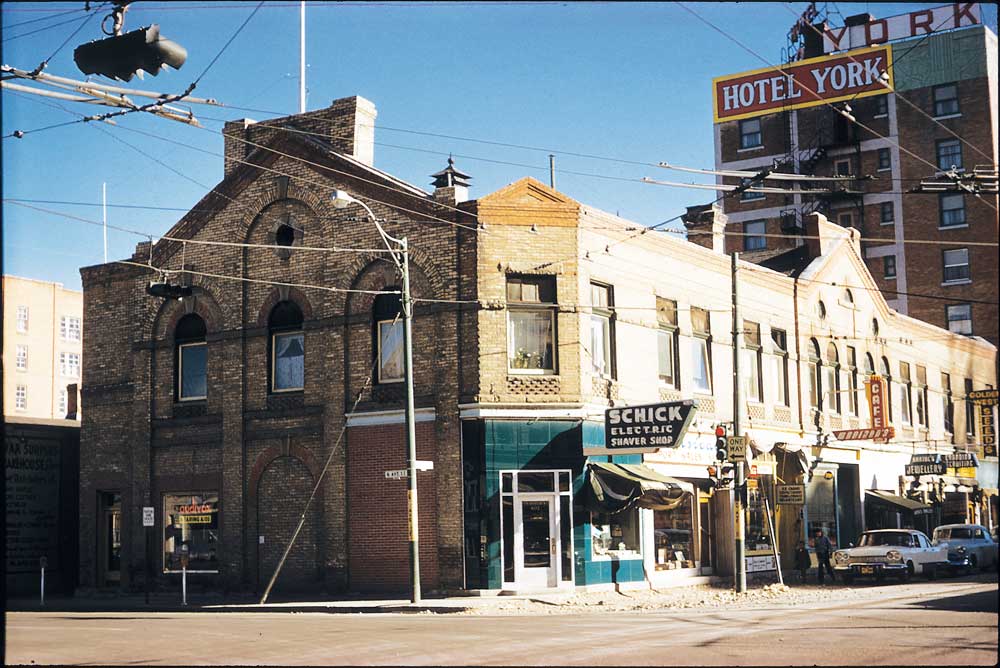
William Roper Hull’s theatre could accommodate more than a quarter of Calgary’s population in 1893. Later eclipsed by grander venues, it was converted into stores and apartments in 1906 and demolished in 1963. The Bow tower’s parkade is now under the site.
Burns Manor
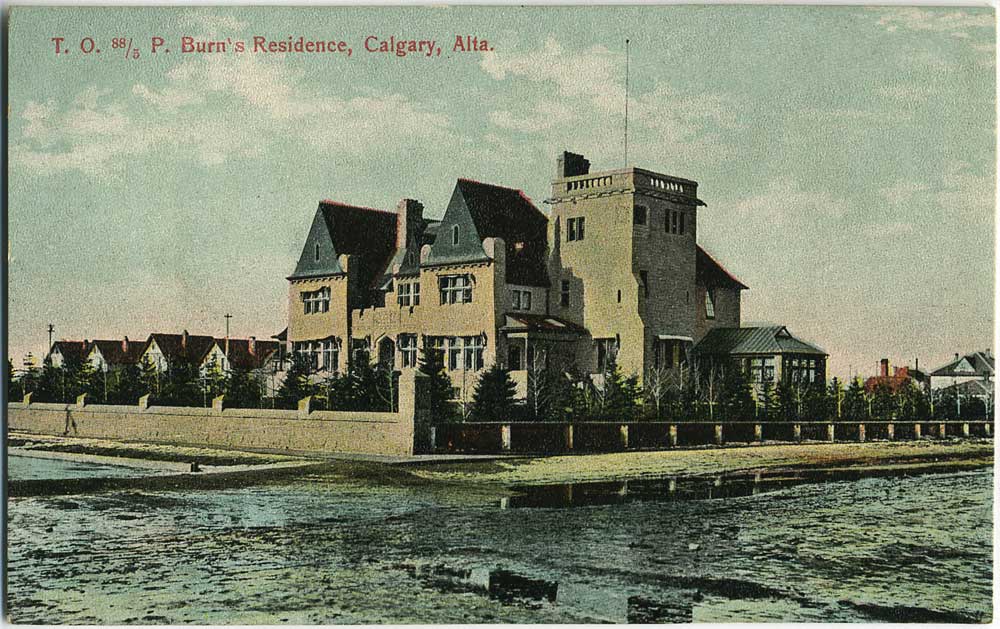
Francis Rattenbury, the murdered architect behind the Empress Hotel and B.C. legislature buildings in Victoria, designed one Calgary building – rancher Patrick Burns’ 1903 sandstone mansion. The home became part of the Colonel Belcher veterans’ hospital in 1941 and was razed in 1956. The Sheldon Chumir Health Centre stands on the site today.
Calgary Municipal Railway Streetcar Barns
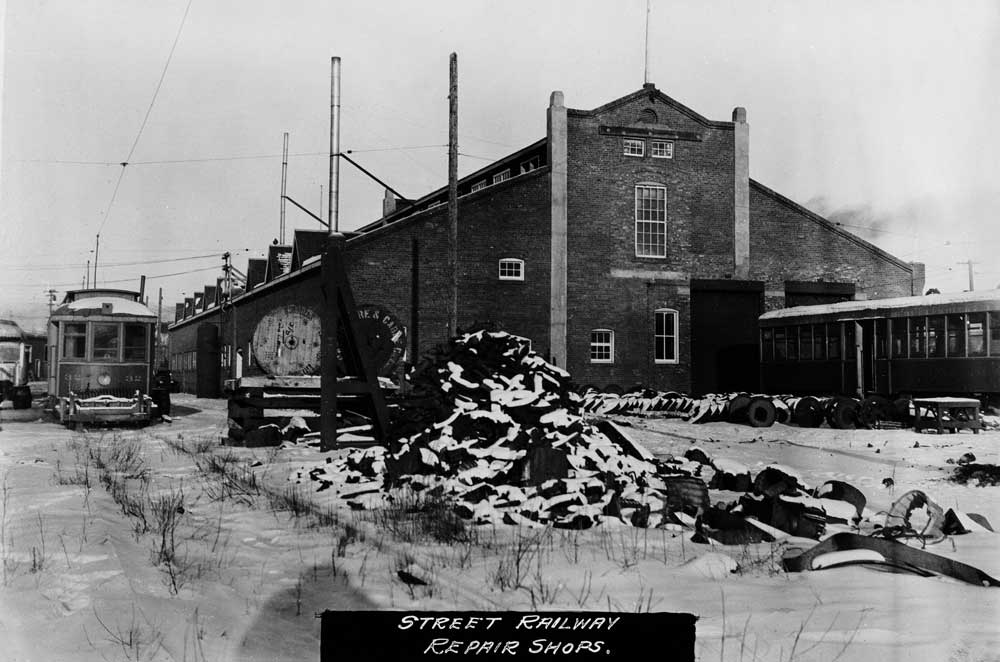
Built in 1909 and later expanded, the barns sheltered the city’s streetcars at night and included cleaning, painting and repair shops. Streetcars were phased out in the 1940s and the barns were subsequently demolished. The site is now a parking lot south of the Big Four Building.
Canadian Pacific Railway Station
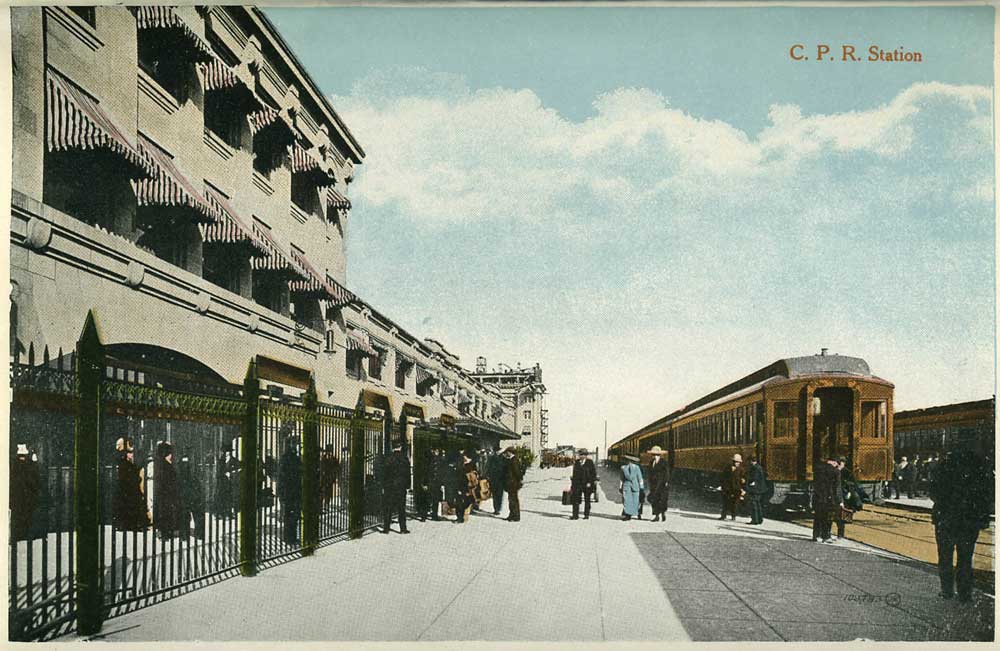
The city’s third CPR station was constructed between 1910 and 1912, and it was pulverized in 1966 to make way for the Calgary Tower and Palliser Square. The stone complex was the point of arrival for countless immigrants and the scene of many sad partings and joyous reunions.
Southam Building/Southam Chambers
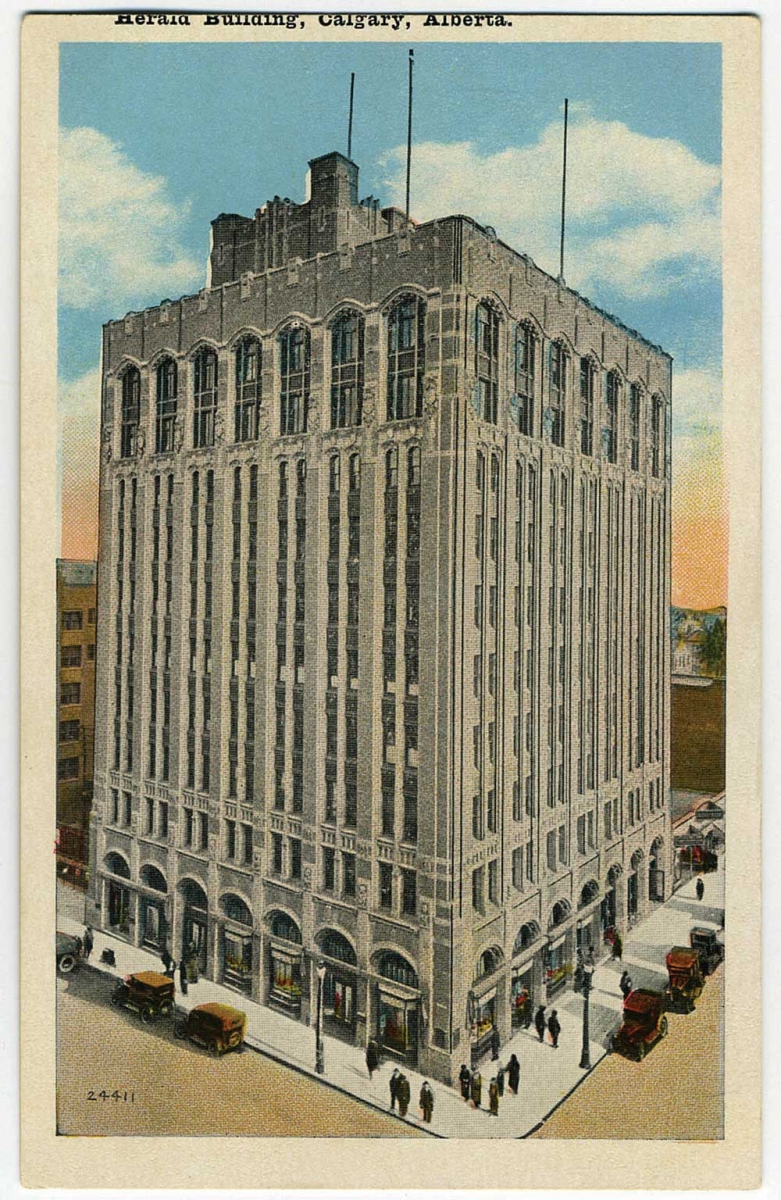
In 1913, the Calgary Herald‘s parent company built two eponymous, gargoyle-clad office blocks on opposite sides of 1st Street S.W. at 7th Avenue. Each, in turn, housed the Herald for a time. Most of the Royal Doulton terracotta figurines were damaged when they were removed from the western building for a 1966 renovation (though most were saved when the eastern one was razed in 1973). The Southam buildings were replaced by the Len Werry Building and Brookfield Place.
Civil Defence Control Centre
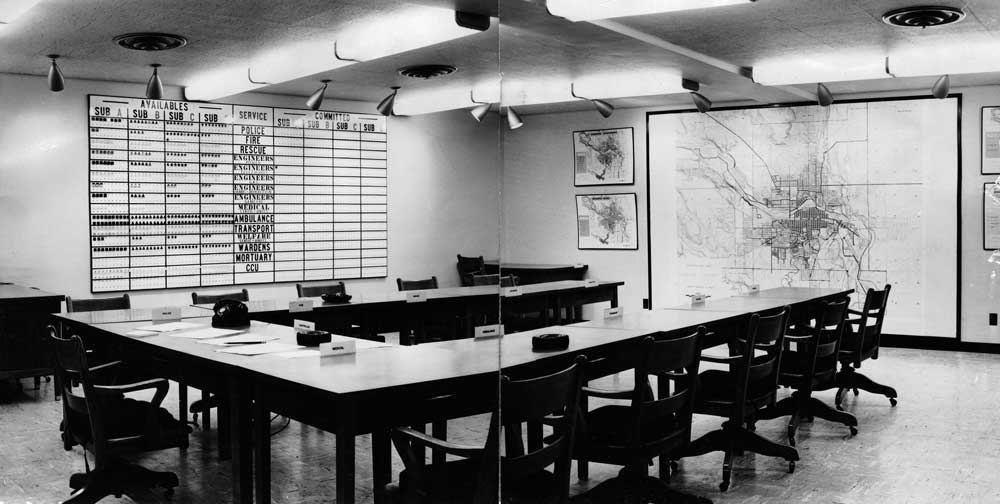
In 1954, the city built a command centre under Shaganappi Golf Course to coordinate Calgary’s evacuation in the event of a nuclear attack. The facility couldn’t withstand a nuclear blast, but it did have a kitchen. It was demolished in 1997.
